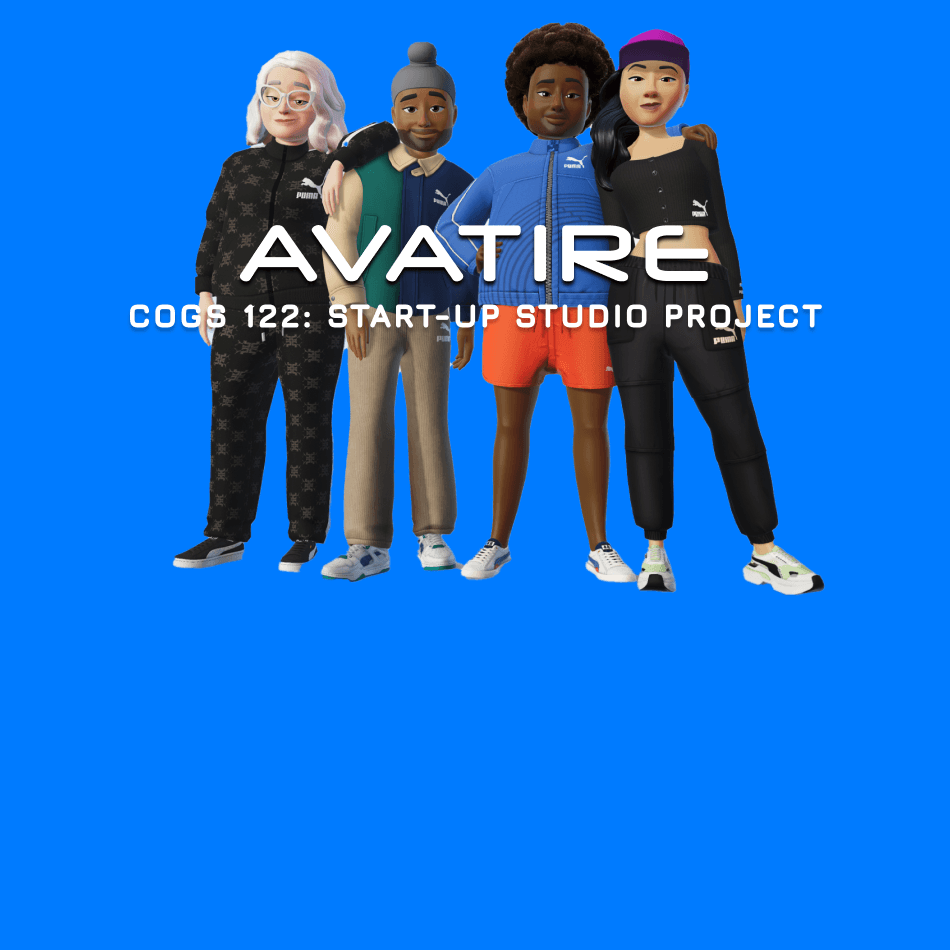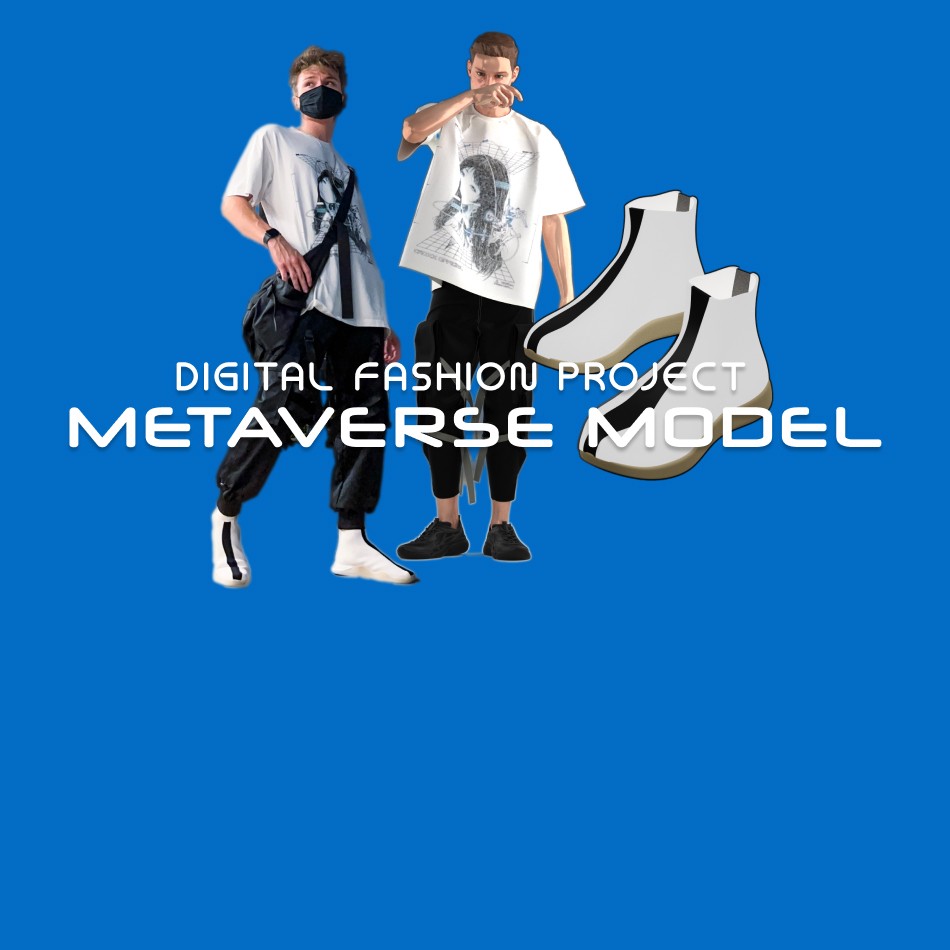"Meta-Profile": imagining social media in augmented reality.
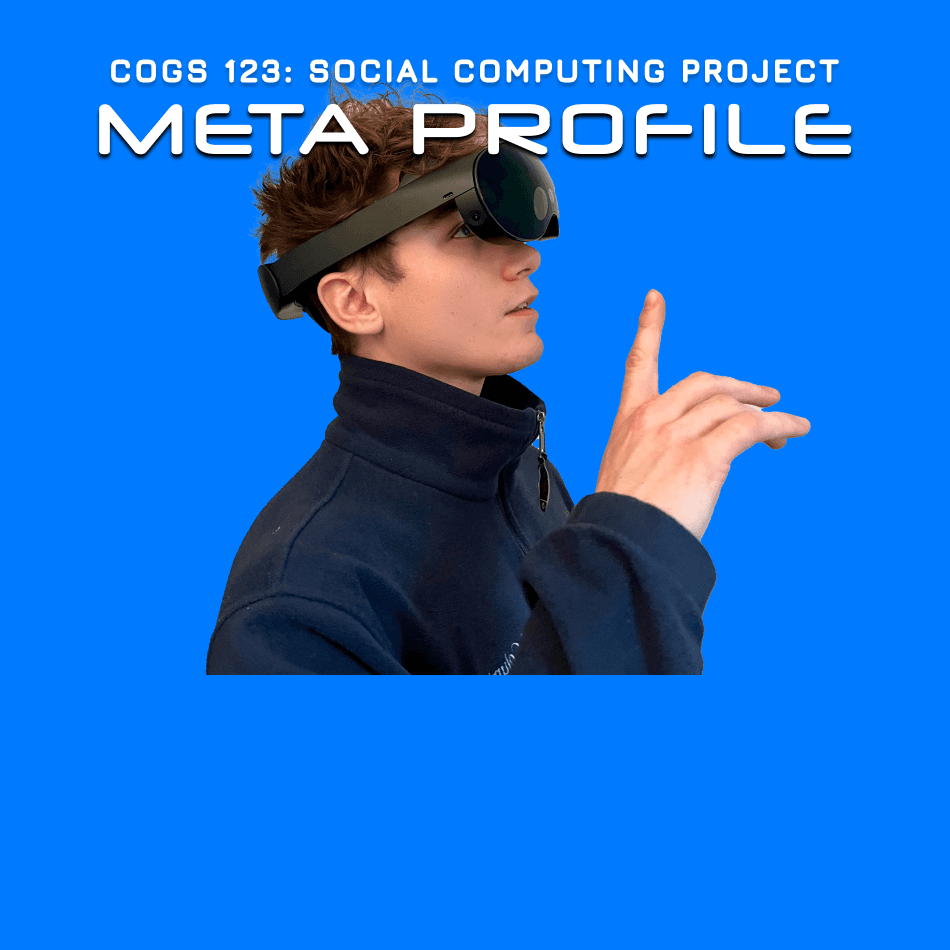
Overview
Project: Meta Profile
Team: Reality Benders
Course: COGS 123 - Social Computing, UC San Diego
Team Members:
Sasha Zabegalin - Team Leader, AR Designer
Nicole Kim - Content Strategist, UX Researcher
Ricardo Sedano - Visual & Interaction Designer
Lydia Jin - UX Designer, Content Coordinator
Audrey Do - UX Researcher

Introduction
Our project, Meta Profile, was conceptualized as a course final project for COGS 123: Social Computing at UC San Diego. We aimed to envision the next leap in social media where augmented reality enriches user interactions and fosters deeper connections.
.
Challenge
Forming meaningful connections in virtual spaces is increasingly challenging in the digital age. Traditional social media platforms offer glimpses into others' lives but lack the immediacy and authenticity of face-to-face interactions.
Conversely, real-world socializing often stumbles upon the barrier of initiating meaningful conversation. Meta Profile seeks to bridge this gap, leveraging AR to seamlessly integrate social media profiles into real-world interactions, thus enhancing social connectivity.
Goals
We set forth clear objectives aimed at transforming the social media experience through augmented reality, focusing on enhancing user interaction and deepening connections.
Foster Authentic Connections: Enable real-time sharing of interests and values to facilitate deeper interactions.
Merge Online and Offline Worlds: Utilize AR to enrich in-person encounters with digital insights.
Elevate Social Networking: Streamline professional and social networking with AR-enhanced visibility.
Prioritize Privacy and Consent: Ensure user control over personal information shared through AR profiles.
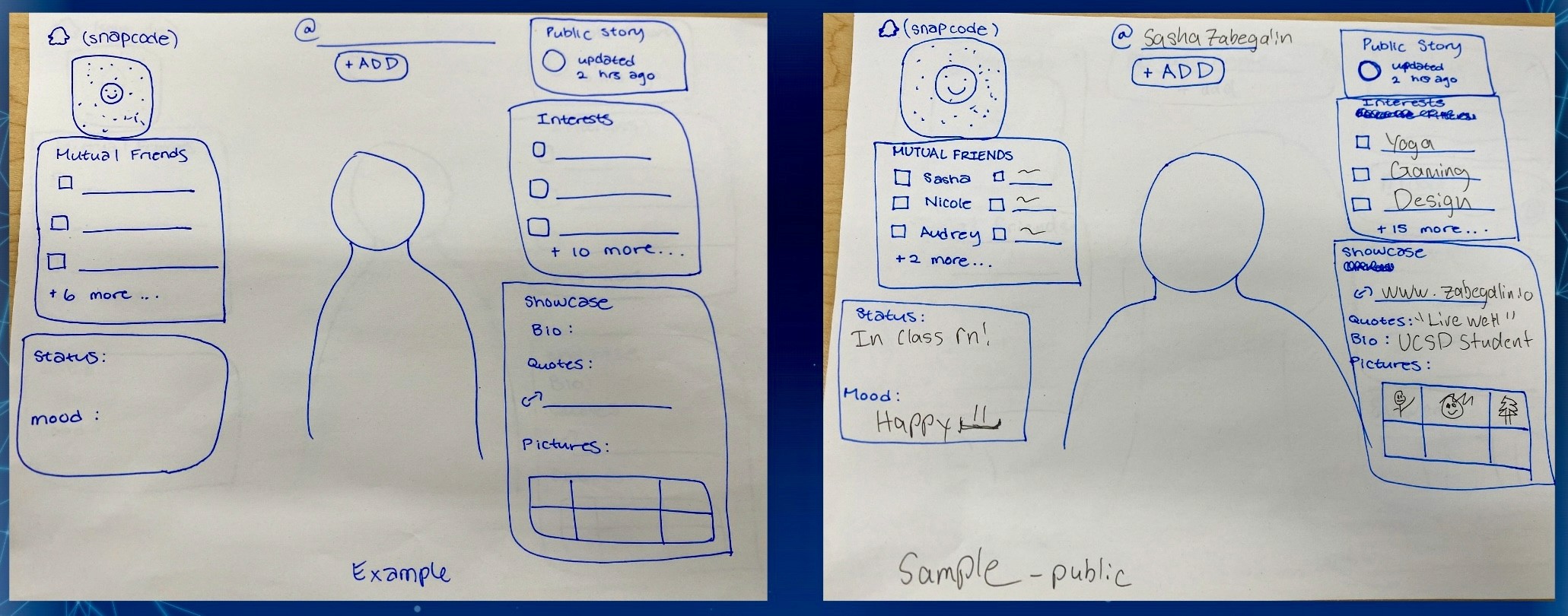
Research & Insights
Our research combined stakeholder interviews from students, online user surveys, and competitive analysis, revealing a strong interest in AR-enhanced social interactions but also highlighting concerns around privacy and digital overload.
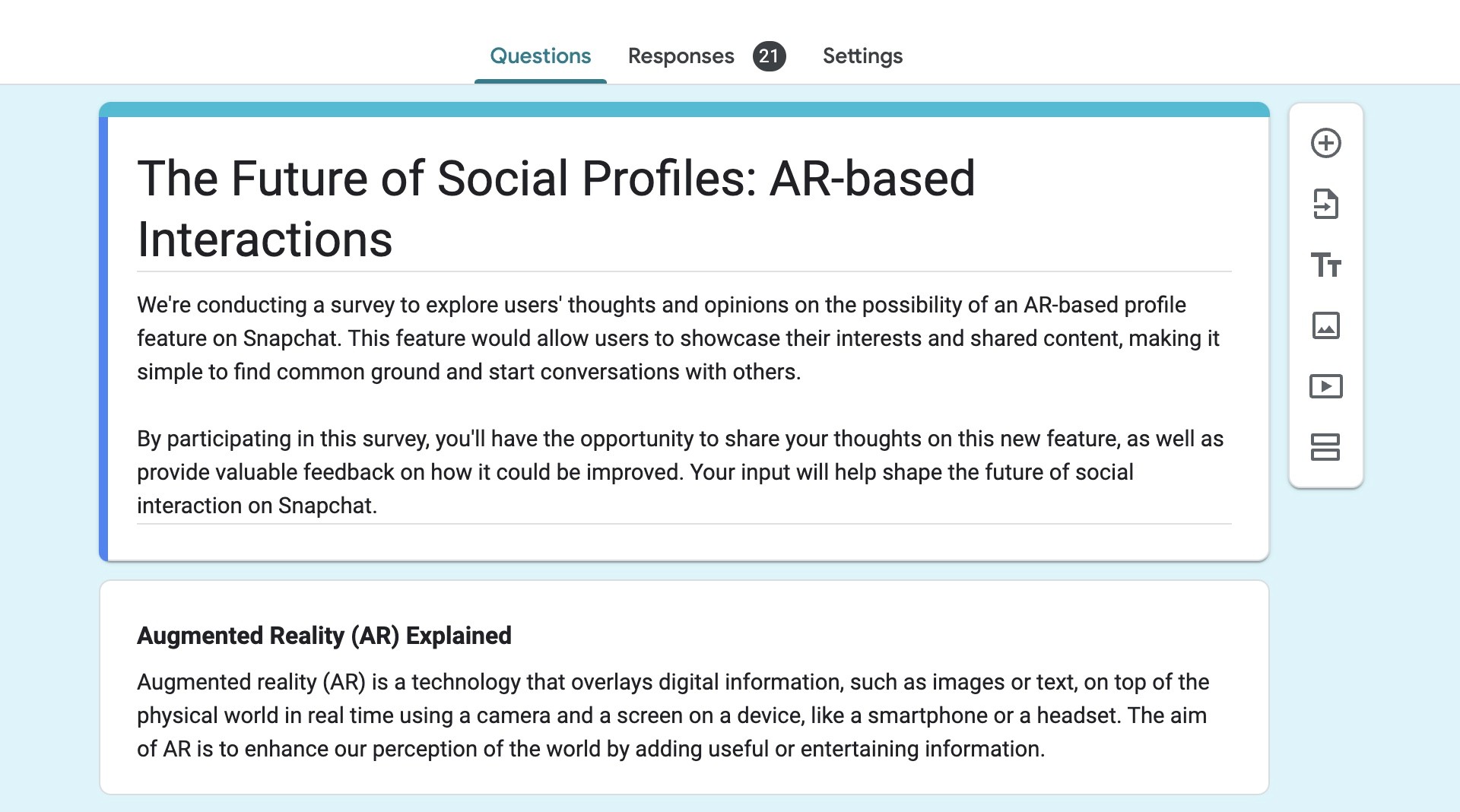
Key insights included:
A desire for more authentic social interactions.
Privacy concerns around AR and data sharing.
The potential for AR to transform networking and social discovery.
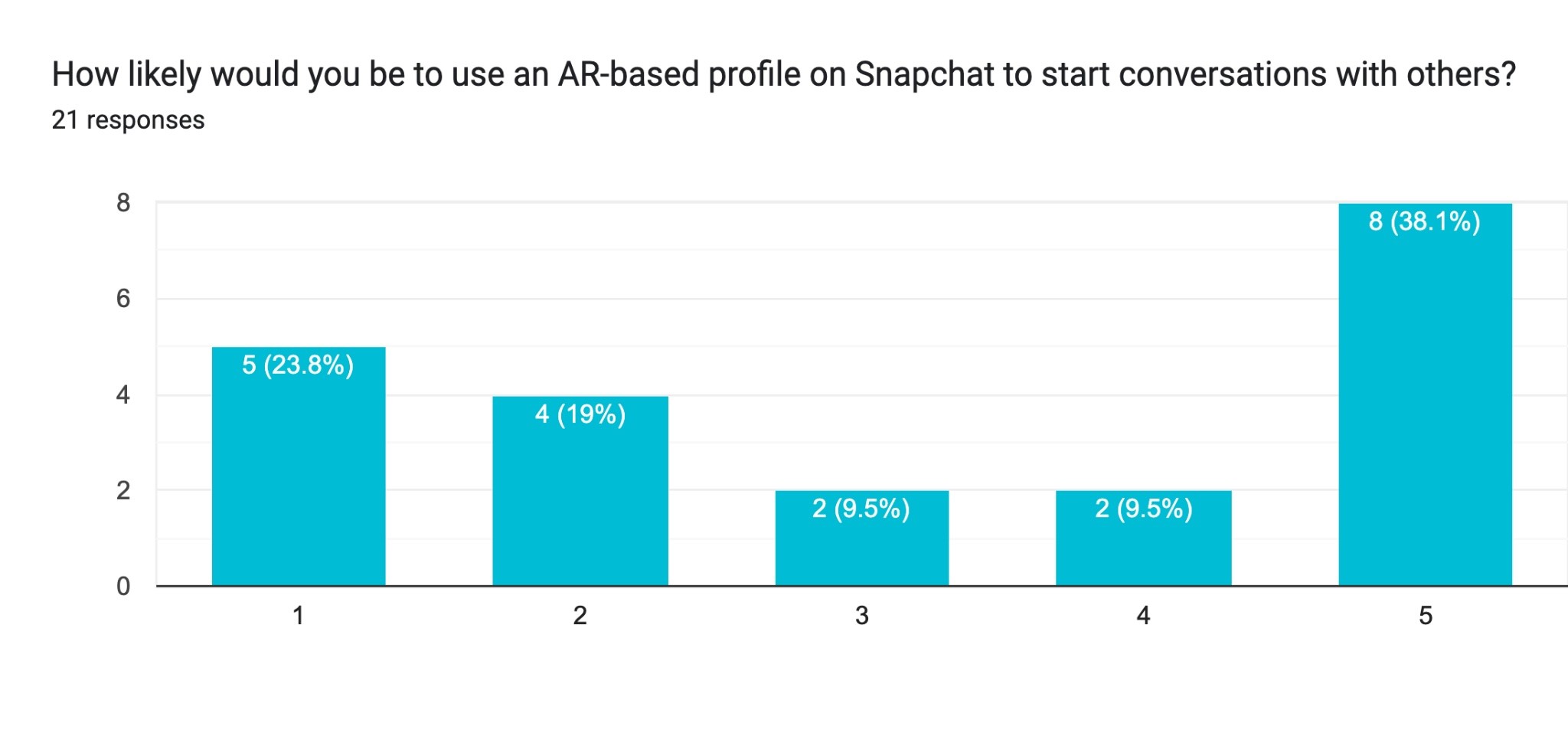
Solution
Meta Profile introduces AR-based social media profiles, allowing users to present and discover shared interests in real-time, within their immediate surroundings.
This AR layer on social interactions aims to enhance the richness of face-to-face meetings while maintaining the depth of online profiles.

Key Features:
AR Profiles: Dynamic, AR-enhanced social profiles accessible in real-world settings.
Privacy Controls: Customizable settings to manage visibility and data sharing.
Interactive Elements: Engage with profiles through AR for immediate connection on shared interests.
Seamless Integration: Designed for future AR glasses but currently prototyped through Instagram filters for accessibility
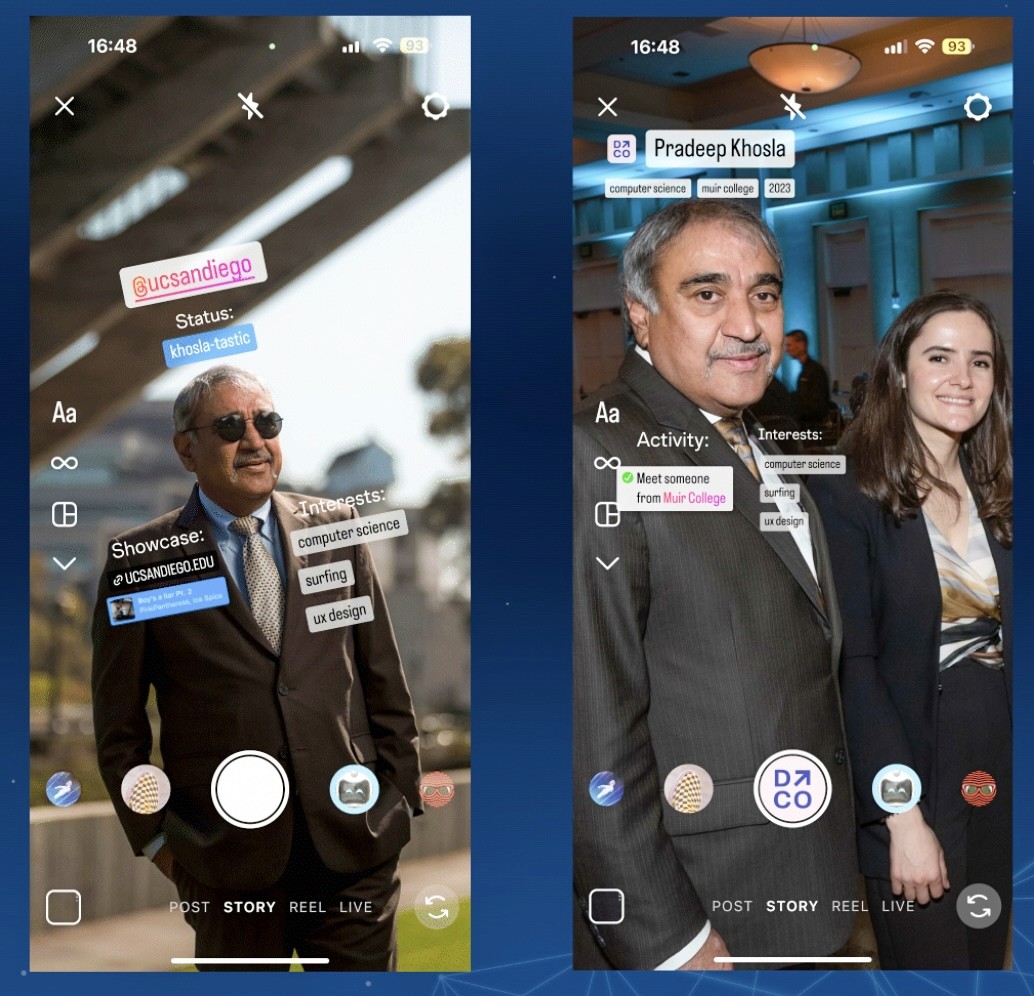
Design Process
The journey from concept to prototype was iterative and user-centered:
Ideation: Brainstorming sessions to explore AR's potential in social media.
Research: User surveys and stakeholder interviews to ground our concepts in real-world needs.
Prototyping: Starting from paper prototypes transitioning to digital, leveraging tools like Figma for visual design and Meta Spark for AR experiences.
User Testing: Conducting live tests with a class audience to refine usability and engagement.
Iteration: Continuously refining our prototype based on feedback, focusing on user experience and privacy considerations.
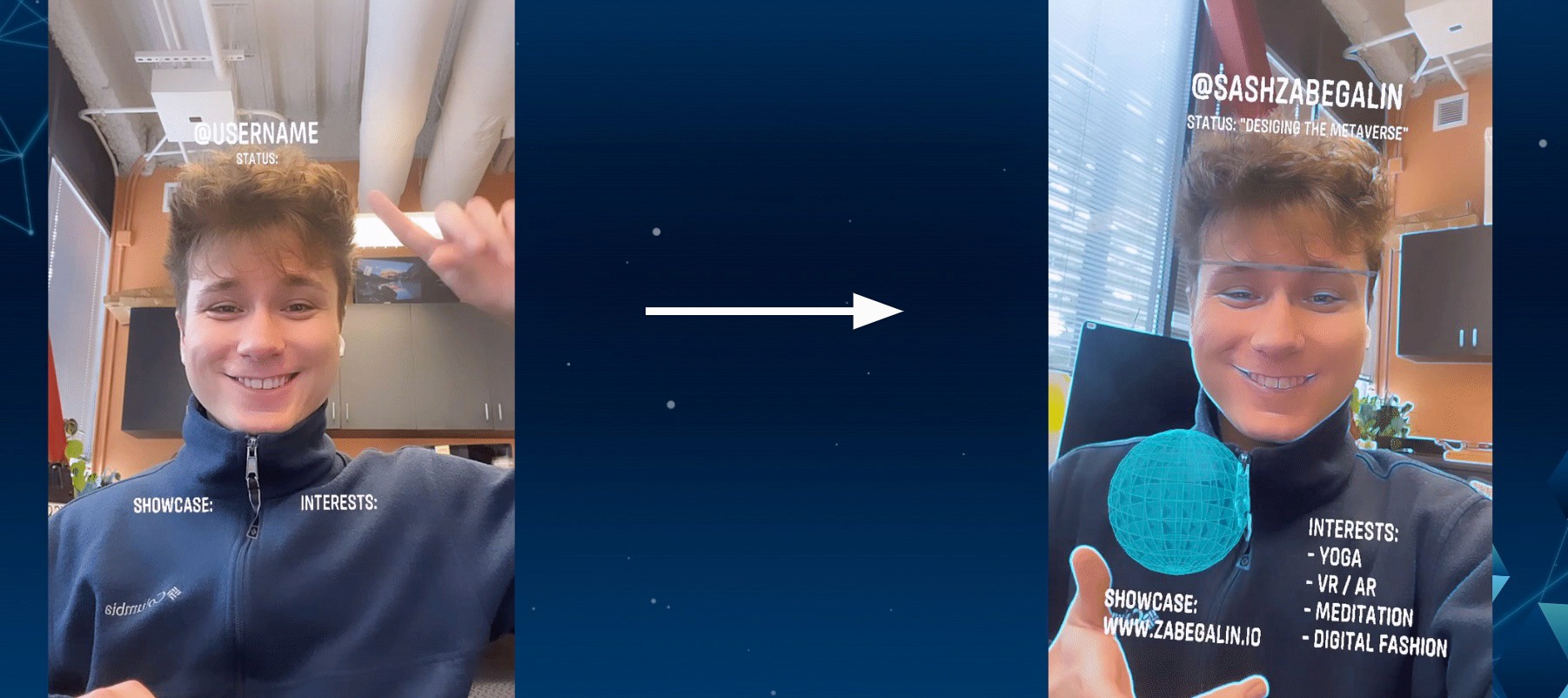
Outcomes
Testing revealed enthusiastic responses to the AR profiles concept, with fellow students appreciating the new dimension it added to social interactions.
Key outcomes included:
Increased ease in initiating meaningful conversations.
Positive feedback on the balance between digital information and real-world interaction.
Constructive input on privacy settings and profile customization.
Reflections
This project underscored the importance of blending digital innovation with human-centric design principles.
Lessons learned include:
The critical role of privacy in AR applications.
The potential of AR to enrich rather than replace human interactions.
The need for inclusive design to accommodate diverse user needs and comfort levels.
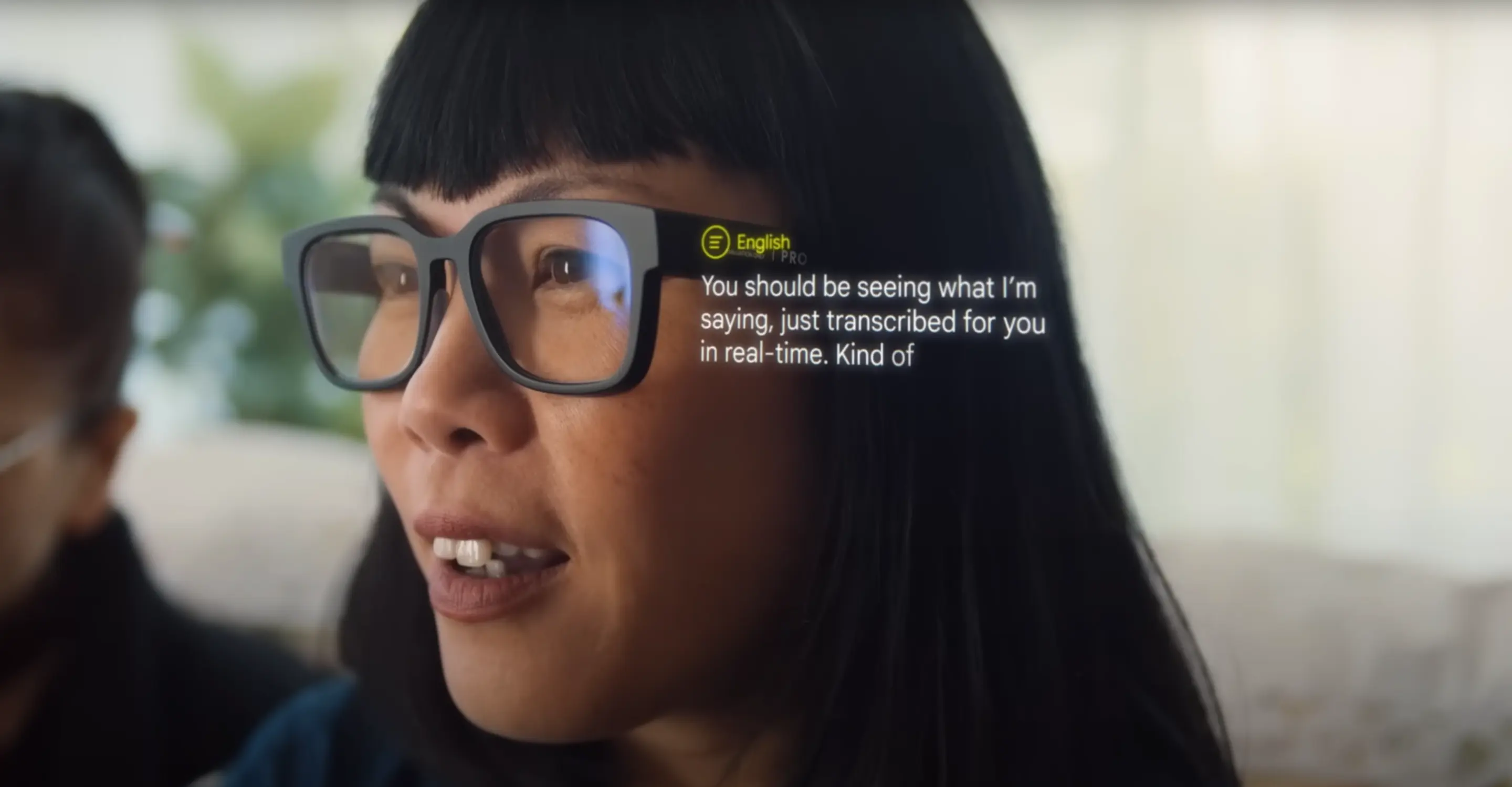
Future Directions
Meta Profile represents a step towards the future of social connectivity, where digital and physical realms merge seamlessly. As AR technology advances, we envision a world where social media becomes a tool for genuine human connection, transcending physical and digital barriers.
————————
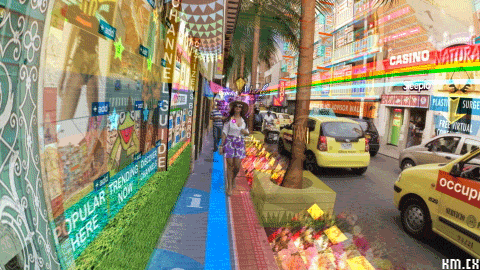
In crafting Meta Profile, we not only envisioned a new paradigm for social media but also laid the groundwork for future exploration in AR-enhanced social interactions. This case study reflects our commitment to pushing the boundaries of technology while keeping human connections at the heart of innovation.
